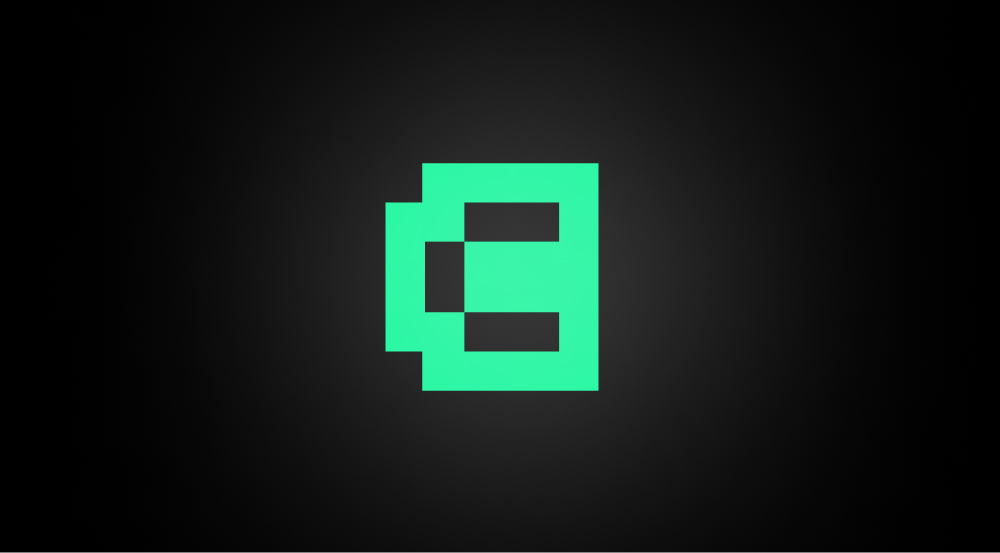
The Crypto CANTO Coin Project is a permissionless Tier 1 blockchain compatible with the Ethereum Virtual Machine (EVM). Project Canto presents the radical notion that DeFi’s core primitives should exist as Free Public Infrastructure (FPI).
Having watched the growth of the DeFi space, three primitive cores have emerged to anchor any healthy DeFi ecosystem: decentralized exchanges (DEX), lending markets, and a decentralized unit of account. Canto chooses to release all these primitive DeFi cores as public utility protocols, or Free Public Infrastructure (FPI). Read on to learn more about the Crypto CANTO Coin Project.
What is Crypto CANTO Coin Project?
The Crypto Canto Coin project is a permissionless Tier 1 blockchain compatible with the Ethereum Virtual Machine (EVM). It is designed to deliver on the promise of decentralized finance (DeFi) – that new models will be easily accessible, completely transparent, decentralized and free of charge through a post-traditional finance unit. Canto was launched with no core base, pre-sales, acquisition or venture capitalists to be completely decentralized. At the time of writing, Canto’s Total Locked Amount (TVL) is $109.03 million, with most of them locked in their loan protocols and DEX.
At its core, the Crypto CANTO Coin Project utilizes Tendermint Consensus and the Cosmos Software Development Kit (SDK) and is protected by Canto validators. It achieves EVM compatibility through the Ethermint system, which enables an EVM runtime environment, further facilitating the deployment of Ethereum smart contracts. These tools include Canto Decentralized Exchange (DEX), Canto Lending Market (CLM) and NOTE. Canto aims to become the “best execution layer for original works” by performing:
- Zero fee for liquidity providers (LPs) – protocol users, traders and arbitrageurs can freely access liquidity.
- Resistance to rent extraction – Canto believes that first-party decentralized applications (dApps), such as DEXs and lending protocols, should not have governance tokens to offer FPI.
- Minimally reasonable client capture – Primary public primitives lack client interfaces to allow client acquisition for Canto protocols.
How does the Crypto CANTO Coin Project work?
The Crypto CANTO Coin Project works by identifying three key elements to healthy DeFi ecosystems: decentralized exchanges (like Uniswap), lending markets (like Aave), and decentralized units of account (like DAI). Instead of releasing governance tokens to charge future users fees, Canto releases its protocols as free public infrastructure (FPI), allowing users to engage without charge and leaving governance up to the chain.
Canto DEX remains ungoverned and without additional fees, while Canto Lending Market is governed by participants interested in growing the ecosystem and creating a beneficial environment for DeFi users and developers. NOTE adjusts the interest rate to be less volatile, and the interest charged on the loan is used to further finance public infrastructure.
Canto Lending Market (CLM)
The Canto Loan Market (CLM) is a Compound v2 mutual pooled loan fork governed by the CANTO stakeholders. Stakeholders play a vital role in growing the Canto ecosystem, creating an ideal environment for developers and users alike. One way to promote an ideal ecosystem is to eliminate rent extraction at the application layer. CLM accepts Canto DEX liquidity tokens as collateral. Users deposit collateral in a lending protocol as an offer, but are prohibited from borrowing LP assets.
Crypto CANTO Coin project: Canto DEX and liquidity pool
Canto DEX is a digital exchange that cannot be updated. It will continue to function without being able to launch a new token or add fees over time. This avoids the possibility of people moving their money to a different exchange in search of better returns. People who provide liquidity on Canto DEX receive LP tokens. These tokens can be used as collateral to borrow money at the Canto Lending Market.
Since the Canto DEX cannot be upgraded or governed, operating on the Canto perpetually without the ability to launch a token or run extra fees over time, it forbids the likelihood of a greedy progression towards income-seeking behaviors. Essentially, Canto DEX utilizes an Automated Market Maker (AMM) mechanism to obtain liquidity from trading pairs created by LPs. Creators are rewarded with liquidity pool tokens, which can be collateralized and borrowed.
Canto has implemented a liquidity mining program that issues tokens linearly per block for LPs. Since its launch, the program has ensured adequate liquidity by dividing the genesis block into groups of liquidity mining incentives. The initial token block provided incentives for LPs for the first six months, while the second block served for a longer period.
What is a Canto Account (NOTE) unit?
NOTE is the unit of account in Canto. NOTE is an over-collateralized currency with a value perpetually rebalanced to $1 via an algorithmic interest rate policy. That’s it:
- Excessive Warranty
- capital efficient
- totally decentralized
- Automated
NOTE cannot be created must be borrowed from Contador, a smart contract that implements algorithmic interest rate policy, via (CLM). All interest charged by the Accountant is used to finance public goods. It is kept in the Community Treasury and ultimately governed by the DAO Corner.
Token CANTO
CANTO is the native token of the Canto network. It is used to pay gas fees for transactions and can also be staked with validators to help secure the network. The initial total supply of CANTO is 1,000,000,000 (one billion) tokens. Of this total, the initial circulating stock of CANTO is 150,000,000 (one hundred and fifty million) tokens.
CANTO token staking
Staking, also known as delegation, is the process of locking your CANTO tokens for a period of time to contribute to the security of the Canto network. In exchange for blocking your tokens, you will earn additional CORNER rewards as well as voting power for governance proposals.
Final Word
Canto stands out for its commitment to preserving a Free Public Infrastructure (FPI) without rent charges, governance tokens or fees, prioritizing the maintenance of gratuity over maximizing profits. This stance is in line with the idea of DeFi, which seeks decentralized, accessible, clear and cost-free financial systems.



















